
Genome downsizing, physiological novelty, and the global dominance of flowering plants
PLOS Biol. Guard cell size is, in general, inversely related to stomatal density. It is advantageous for plants to maximize their photosynthetic capabilities by generating higher rates of gas exchange, thereby incorporating more CO2 to help drive this pathway. However, the number of cells that can occupy…
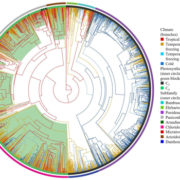
What We're Reading: January 26th
Guest Editor: Dr. Amey Redkar
Amey is a postdoc at The Sainsbury Laboratory, Norwich, UK and has been a Plantae Fellow since September 2017. He is working to understand the interaction of plants and pathogens during disease development. His current research which is funded by EMBO Long Term Fellowship…
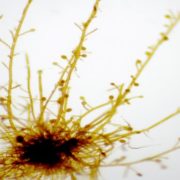
HOW TO BUILD A SEAWEED
Godfroy et al investigate basal cell fate determination in the brown alga Ectocarpus https://doi.org/10.1105/tpc.17.00440
BACKGROUND: Brown algae are multicellular photosynthetic marine organisms living on rocky shores across the globe and representing one of the most developmentally complex groups…
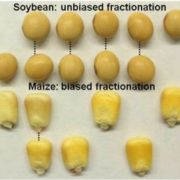
Duplicate Genomes Evolved Differently in Maize and Soybean
Zhao et al. demonstrate that duplicated genomes in maize and soybean followed distinct trajectories over millions of years https://doi.org/10.1105/tpc.17.00595
By Meixia Zhao, Biao Zhang, Damon Lisch, and Jianxin Ma
Background: Over evolutionary time, many organisms, particularly plants, have periodically…

Chloroplasts Use Bacterial Mechanism to Recognize Start Codons
Scharff et al. investigate function of anti-Shine-Dalgarno sequence in chloroplast ribosomes https://doi.org/10.1105/tpc.17.00524
By Lars B. Scharff
BACKGROUND: Cells of plants contain three different systems for protein synthesis: in the cytosol, in plastids, and in mitochondria. Proteins in the…
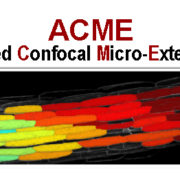
Stretching Plants with Cellular Resolution
Robinson et al. develop a method to measure mechanical properties of plant tissue with cellular resolution https://doi.org/10.1105/tpc.17.00753
Background: Plant growth is controlled by the extensibility of the cell wall and the turgor pressure inside. The spatial regulation of these properties…
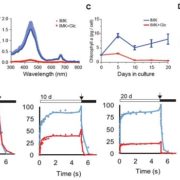
Glucose-Induced Trophic Shift in an Endosymbiotic Dinoflagellate
Dinoflagellates in the genus Symbiodinium have the ability to enter into endosymbiotic associations with corals, providing the metabolic basis for the highly productive and biologically diverse coral-reef ecosystems, as well as with other cnidarians, including sea anemones and jellyfish. The Symbiodinium-coral…

Boron Transport in Rice
Boron (B) is an essential micronutrient for plant growth and development. Its major physiological function is to maintain the structure of the cell wall by crosslinking pectic polysaccharides through borate-diol bonding of two rhamnogalacturonan II molecules. B is immobile in most plant species. Therefore,…
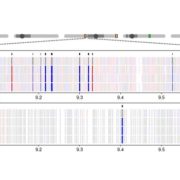
Epigenetic Divergence Associated with Heterosis
Heterosis refers to the tendency of a crossbred individual to show qualities superior to those of both parents. The phenomenon has been exploited extensively in agricultural breeding for decades and has improved crop performance enormously. Despite its commercial impact, knowledge of the molecular basis…

